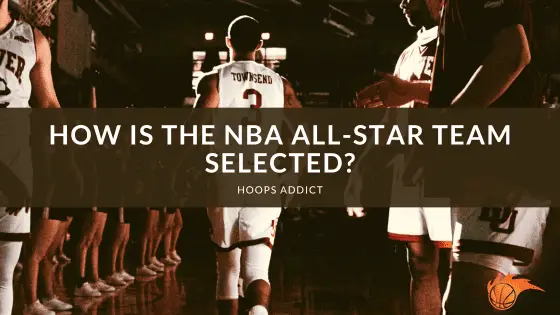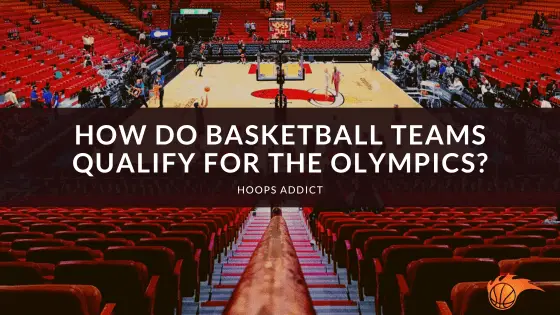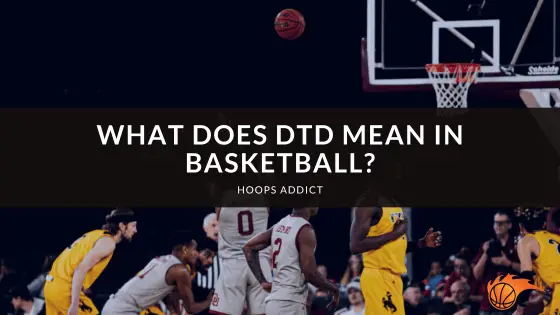The NBA is about business, and they operate to make money. The organization earns money from TV rights, merchandising, sponsorships, and ticket sales.
The NBA makes $1.2 million from gate receipts per regular game and $2 million per playoff game. For season 2020-21, all 30 NBA teams are profiting. Read on to know more about how the NBA earns its keep.
 How the NBA Makes Money
How the NBA Makes Money
COVID-19 showed its ugly head, and the NBA was not spared. The combined revenues of the NBA teams dropped to $7.92 billion in the 2019-20 campaign from the 2018-19 season of $8.8 billion. Revenues continued to spiral downward to $6.41 billion in the shortened 72-game format in 2020-21. Things are turning around for the organization. Commissioner Adam Silver projects a $10 billion revenue as the COVID-19 bubble bursts in time for the NBA’s 75th anniversary. There is a notable increase in audience attendance compared to the last two seasons due to health protocols. The NBA revenue by year comes from different sources, including television, merchandising, sponsorships, and ticket sales. We’ll have a more detailed evaluation of these particulars.
Television
Networks are shelling out large sums of money for the right to telecast live games. TV viewers declined and shifted to streaming services and the prevalent use of DVRs on account of technological advancements. But, live sports remained unaffected by this trend..
In February 2016, ESPN and Turner Sports inked a nine-year deal with the NBA for a whopping annual payment of $2.6 billion through the 2024-25 season. There was a 180% increase from the two networks’ offer of $930 million each year in 2007.
Many fans who don’t want to pay for tickets or get a headache finding a parking space and looking for food opt to watch live games on television. Advertising revenue and TV contracts snowballed. The NBA has the right to sell to different TV stations, which generates over $140 million annually from television awards.
The revenue from television rights had a deep plunge amid the pandemic, but everything is getting back to business-as-usual, and the future looks bright.
Merchandising
Merchandise deals contribute about $1 billion to the NBA’s coffer annually. Teams and the league earns from advertising and selling basketball products.
Jersey Patch
In the 2016-17 season, NBA teams wore a pioneering patch on their jersey. The teams earned $9.3 million annually. The patch advertisement successfully prompted the NBA to extend the program in 2019. Since then, the organization has generated over $150 million in additional revenue.
Some advertisers are General Electric, Walt Disney, and Japanese firm Rakuten. The Golden State Warriors received $20 million annually from Rakuten.
Sponsorship
In June 2015, the deal with Adidas ended, and the NBA signed an eight-year contract with Nike. The deal was worth $1 billion, a 245% rise per year from the previous contract. Also, the biggest names in the NBA got lucrative offers from well-known shoe and apparel businesses.
When watching an NBA game, you’ll see many brands and sponsors posted all over the stadium. In the 2016-17 conference, the NBA earned $861 million from corporate sponsors like Statefarm and Anheuser-Busch.
Sponsorships also include naming rights to the arena. For instance, Chase Center, the home of the Golden State Warriors, was bought by JP Morgan Chase Bank. The league and teams generated about $1.46 billion from sponsorship in the 2020-21 season.
Ticket Sales
Ticket sales lag from other sources of revenue generators, but it is still a meaningful way to keep a team profitable. As fans continue to set foot in arenas, revenues from gate receipts will keep the cash registers busy. Because of the pandemic, the supporters were disallowed or limited from watching live games during the last two seasons. The return to the 82-game from the shortened 72-game season will likewise contribute to ticket sales. A standard stadium can accommodate between 15–20 thousand people.
According to ESPN, the average ticket costs $74 in the 2018-19 season. However, the ticket price varies; watching a high-profile team like the Los Angeles Lakers can cost you $159 on average. The New York Knicks used to hold the distinction of the most expensive ticket in the league but was overtaken by the Golden State Warriors and the Lakers.
We also consider the Fan Cost Index (FCI), which is the amount of money a family of four needs to spend to watch an NBA game. The FCI in the 2019-20 NBA season was $430.25, covering tickets, concessions, and parking.
 Where Does the Bulk of this Revenue Come from?
Where Does the Bulk of this Revenue Come from?
The bulk of the revenue generated by the NBA comes from TV rights. Basketball pundits estimate it to be about 50%.
The popularity of the NBA continues to grow, causing TV viewership to run high. Even though streaming services have invaded the media world, fans still prefer to watch live sporting events and leagues like the NBA. The NBA games can be watched for free in almost any country across the globe. TV viewership is the reason for the 9-year contract worth $24 billion between the NBA and ESPN and Turner Sports. Once the contract expires in the 2024-25 season, companies like Fox Sports, Amazon, Apple, and the streaming guys are knocking at the door to dangle a sweeter deal.
The National Football League (NFL) inked an 11-year contract worth $100 billion or $2.7 billion annually until 2033. Early thinkers within the NBA circle suggest a $70 billion package upon renewal of the contract.
The NBA is considered a top-tier sports league. The organization has more international appeal than the NFL and more Generation Z and Alpha followers. The NBA games exceed the metrics that include total viewership hours set by the networks to identify the value of the league’s rights.
NBA in China
The tweet of Houston Rockets GM Daryl Morey on October 4, 2018, supporting Hong Kong protestors, angered the NBA’s associates in China. A statement was issued by the NBA seeking an apology to China.
The Chinese government wants Morey sacked. Commissioner Adam Silver did not grant the request and explained that they don’t regulate what players, employees, and team owners feel and say on specific issues – they don’t operate that way.
Business in China is a significant key to the NBA’s financial growth. China’s Tencent Holdings has a 5-year streaming deal worth $1.5 billion that runs through 2023 with the NBA. Tencent and China Central Television stopped showing Rockets games. Morey’s tweet puts the contract renewal in an unlikely position.
If you think about financial metrics, the NBA can’t walk away from China with 1.3 billion Chinese and about 500 million NBA fans.
NBA in India and Africa
Establishing an NBA presence in India is more challenging than in China. India has a low per capita income of $150 per month, and basketball is not popular in India. The NBA had its first game in India in October 2019.
NBA is about business, and the right marketing strategy will create lots of opportunities for a population of 1.37 billion. The NBA took baby steps by partnering with the Reliance Foundation for the most extensive Jr. NBA program globally.
Satnam Singh Bhamara is the first Indian to play in the NBA. The Dallas Mavericks selected Singh as the 52nd pick in the second round of the 2015 NBA draft.
In 2010, the NBA set up a shop in Africa. In collaboration with the International Basketball Federation {FIBA,} the NBA launched the Basketball Africa League (BAL), composed of 12 African teams. Here are some of the African players currently playing in the NBA.
| Name | Country | Team |
| Joel Embiid | Cameroon | Philadelphia 76ers |
| Pascal Siakam | Cameroon | Toronto Raptors |
| Serge Ibaka | Republic of the Congo | Milwaukee Bucks |
| OG Anunoboy | Nigeria | Toronto Raptors |
| Tacko Fall | Senegal | Cleveland Cavaliers |
| Josh Okogie | Nigeria | Minnesota Timberwolves |
| Jonathan Kuminga | DR Congo | Golden State Warriors |
| Precious Achiuwa | Nigeria | Toronto Raptors |
| Wayne Gabriel | Sudan | Los Angeles Lakers |
Let us not forget Steve Nash, who hails from South Africa and is the coach of the Brooklyn Nets. Nash was a two-time MVP and was inducted into the Naismith Memorial Basketball Hall of Fame.
 How is the Money Split?
How is the Money Split?
One of the significant issues in the 2011 NBA lockout was small-market profitability and revenue sharing. Small-market team owners like Michael Jordan of the Charlotte Hornets are dissatisfied with the bloating player salaries and the limitations of a small-market city. The organization decided to structure NBA revenue sharing to level the playing field between the big and small market owners. The plan involves all 30 teams contributing roughly 50 percent of their annual revenue to a sharing pool. A team that contributes less than the NBA’s average team salary is a program recipient. Teams above the benchmark contribute to the pool for allocation to recipients.
Teams keep the revenue generated from ticket sales, concessions, parking, and merchandise sold at the arena and the income from broadcast deals that include the Regional Sports Network (RSN) and local stations’ coverage of the games. Count the revenue generated by the RSN for airing team-produced and team-sponsored shows.
The NBA splits the revenue earned from team-branded products such as jersey patches. Also, the money earned from broadcast and sponsorship deals like the Mountain Dew 3-point contest and the AT&T Slam Dunk contest is split evenly between the 30 teams. In 2016-17, the Lakers, Warrior, Bulls, and Knicks paid $144 million out of the $201 million in revenue sharing. After accounting for revenue sharing, ten teams received money from the sharing pool that includes. Atlanta Hawks, Brooklyn Nets, Cleveland Cavaliers, Detroit Pistons, Memphis Grizzlies, Milwaukee Bucks, Orlando Magic, San Antonio Spurs, and Washington Wizards.
 How Much Money Does an NBA Team Make per Playoff Game?
How Much Money Does an NBA Team Make per Playoff Game?
Things are heating up as the NBA finds an heir to the throne left vacant by the Milwaukee Bucks. Four teams are left standing from the 30 teams during the regular NBA 2021-22 season. The Golden State Warriors against the Dallas Mavericks (2-0) are battling for the Western Conference Championship, and the Boston Celtics versus the Miami Heat (1-1) in the East. The winners of each conference lock horns for the right to hoist the NBA 2021-22 Championship Trophy.
In the NBA, players’ effort is rewarded with a bonus for reaching the playoffs and winning the crown. The NBA created a playoff pool allotting a certain amount to be split among the playoff teams and champion.
The pot money increased to $22 million in 2019, up by $7 million and $15 million in 2016. The current playoff pool is $23,287,260, broken down as follows.
- All playoff teams in the first round of playoffs receive $347,545.
- Teams who play in the second round get $413,534.
- Conference finalists receive $683,363.
- The losing team in the NBA finals gets $2,732,699.
- The 2022 NBA champions are awarded $4,124,054.
The NBA incentive is just a piece of the pie, and there are other ways teams generate revues during playoff games. For instance, in 2012-13, the Heats made $1.44 million on ticket sales, and if you’ll include concessions and parking, this comes to $2 million per playoff game. Local networks contribute a hefty portion of the team’s revenue. More local viewers translate to more revenues from local TV deals.
The TV market size is determined by the number of homes in a viewing area. On top of the list are the New York Knicks and Brooklyn Nets, with a combined total of 7.453 million. The market size of the teams currently playing for the Eastern and Western Conference Finals are as follows:
| Market Size Rank | Team | TV Market Size |
| 5 | Dallas Mavericks | 2.963 million |
| 7 | Golden State Warriors | 2.653 million |
| 11 | Boston Celtics | 2.490 million |
| 17 | Miami Heat | 1.693 million |
The 2020-21 NBA finals won by the Milwaukee Bucks over the Phoenix Suns had an average TV viewership of 9.91 million.
 How Much Revenue Does an NBA Team Generate?
How Much Revenue Does an NBA Team Generate?
In 2011, 22 out of 30 NBA teams were in the red. Fast-forward to the 2020-2021 season, all teams were profitable, and the average revenue per franchise stands at $213.53 million. The top ten NBA revenue-earning teams in the 2020-21 season are follows.
| Rank | Team | Revenue (in millions) |
| 1 | Los Angeles | $316 |
| 2 | New York Knicks | $298 |
| 3 | Utah Jazz | $262 |
| 4 | Golden State Warriors | $258 |
| 5 | Philadelphia 76ers | $236 |
| 6 | Dallas Mavericks | $231 |
| 7 | Houston Rockets | $223 |
| 8 | Los Angeles Clippers | $219 |
| 9 | Miami Heat | $218 |
| 10 | Chicago Bulls | $213 |
 5 Highest Paid NBA Players
5 Highest Paid NBA Players
Playing in the NBA is lucrative. Players are well-paid and considered the highest-salaried athletes in the world. The average pay of a player in the NBA 2021-22 is $7.3 million, or an average NBA player salary per game of $96,341.
Steph Curry leads the pack from a four-year $215 million extension with the Warriors if we’re talking of salaries. But, if off-the-court deals are considered, King James is the top guy in the highest-paid athlete category, ahead of the three soccer superstars, Cristiano Ronaldo, Lionel Messi, and Neymar.
King James is joined by other NBA players as far as salary and endorsement deals are concerned. Here is a rundown of the top five highest-paid NBA players.
| Name | Team | Salary | Endorsements | Total |
| LeBron James | Los Angeles Lakers | $26.9 million | $80 million | $126 million |
| Stephen Curry | Golden State Warriors | $41.2 million | $45 million | $86.2 million |
| Kevin Durant | Brooklyn Nets | $37.9 million | $48 million | $85.9 million |
| James Harden | Philadelphia 76ers | $40 million | $36 million | $76 million |
| Giannis Antetokounmpo | Milwaukee Bucks | $35.9 million | $36 million | $71.9 million |
Wrapping Things Up: How Much Money Does the NBA Make Per Game?
From ticket sales, the NBA earns $1.2 million per regular-season game or $1.476 billion from 1,230 games and $2 million per playoff game or $$166 million from 83 games. The NBA revenue by year goes higher if you factor in TV rights, merchandising, and sponsorship. Drawing attention domestically and overseas, the popularity of the NBA keeps increasing every year. Current players are improving each season, and exciting local and foreign rookies are eager to show their wares on the court. The organization always thinks of ways to keep the game thrilling so fans will be excited to watch every basketball game. Expecting something new every year sets the NBA apart from other world sports.
We hope you enjoyed this post! If you did, be sure to check out our other basketball FAQ articles here.
You might also be interested in our posts about:
> What is the NBA Veteran Minimum Salary?

 How the NBA Makes Money
How the NBA Makes Money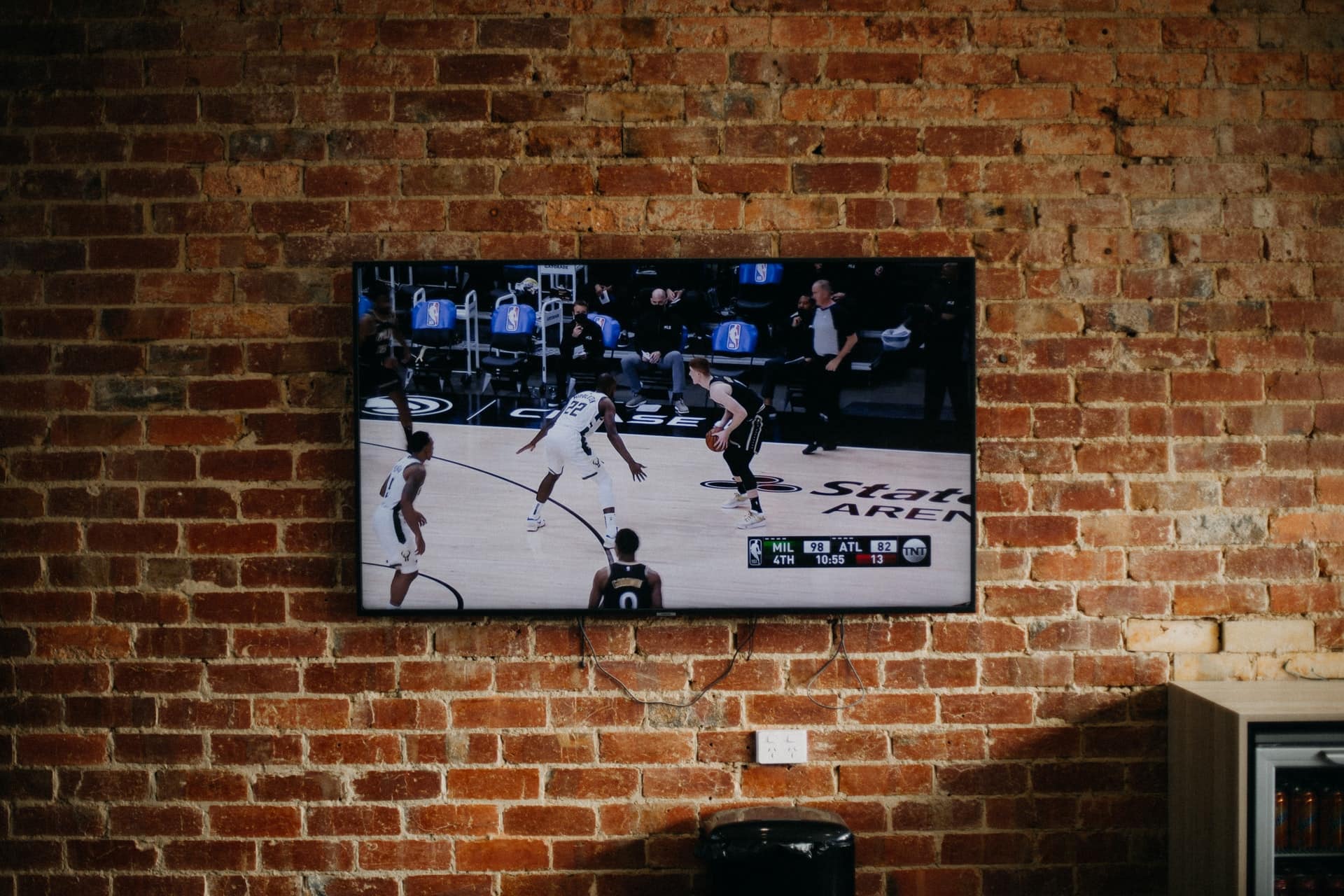

 Where Does the Bulk of this Revenue Come from?
Where Does the Bulk of this Revenue Come from?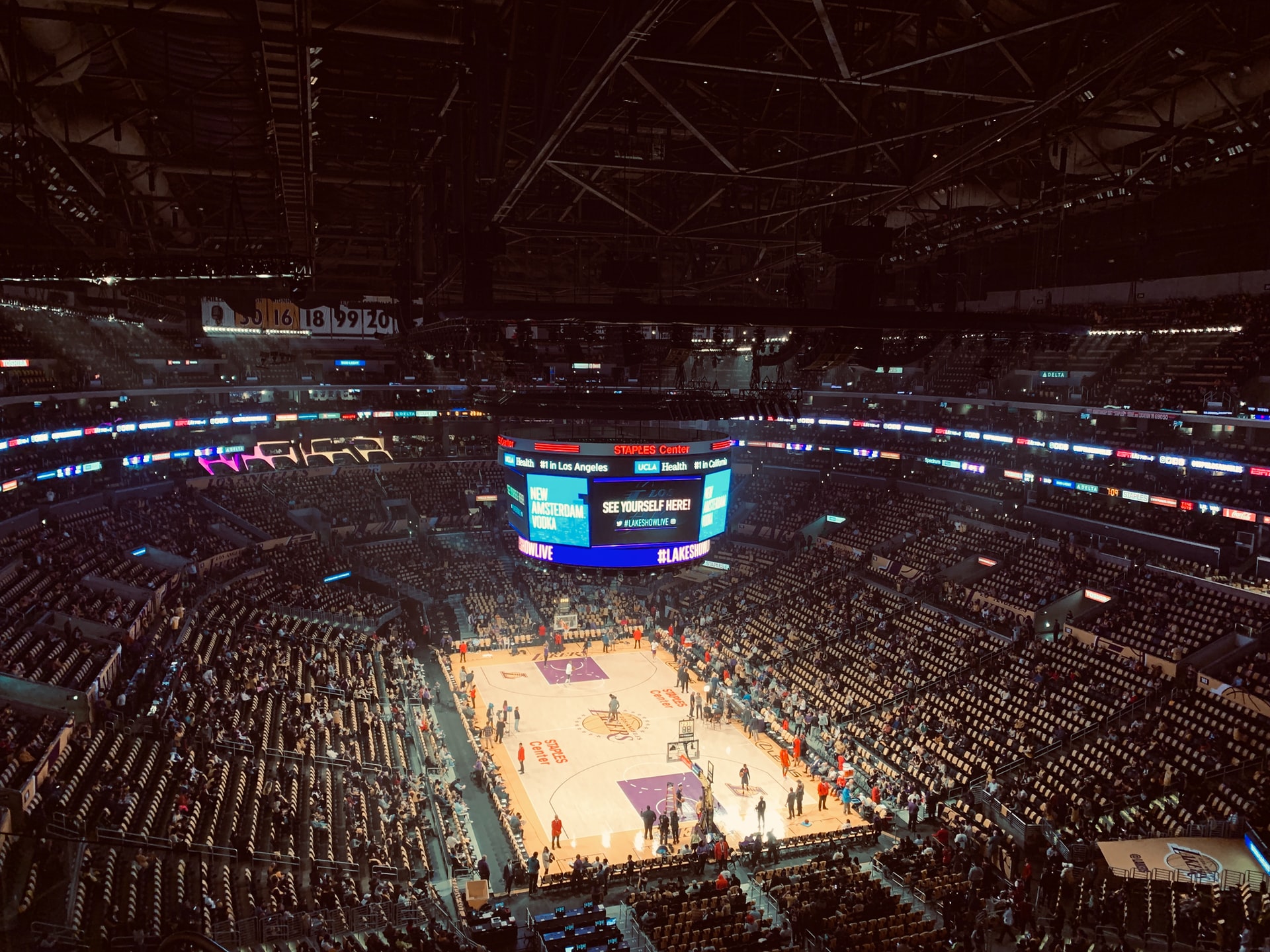

 How is the Money Split?
How is the Money Split?
 How Much Money Does an NBA Team Make per Playoff Game?
How Much Money Does an NBA Team Make per Playoff Game?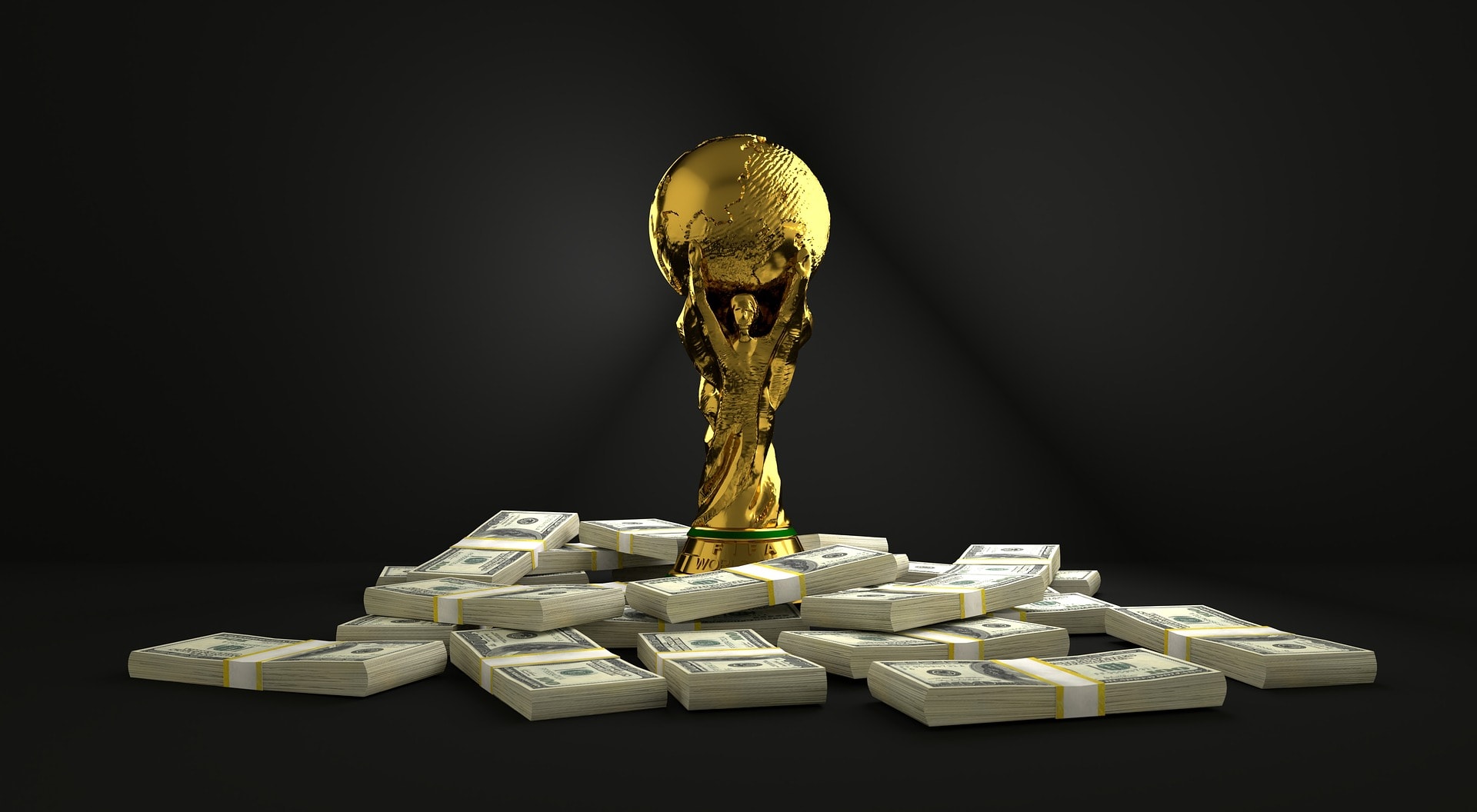
 How Much Revenue Does an NBA Team Generate?
How Much Revenue Does an NBA Team Generate? 5 Highest Paid NBA Players
5 Highest Paid NBA Players